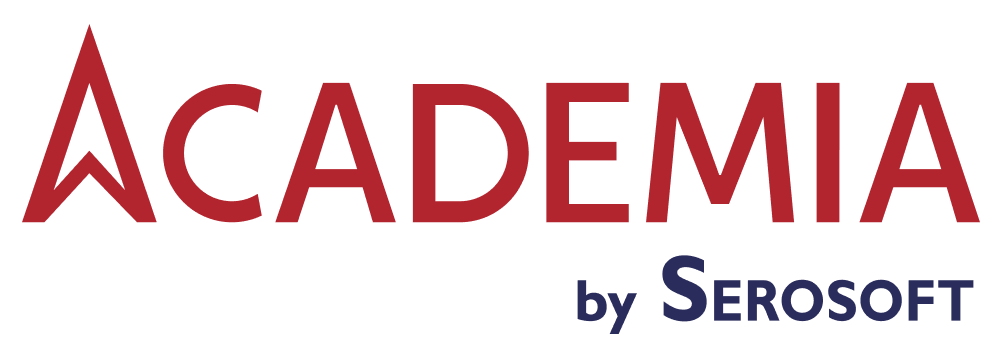In today’s digital age, managing student information efficiently is crucial for educational institutions. A Student Information System (SIS) plays a vital role in streamlining data management, ensuring security, and enhancing operational efficiency. From admissions to academic records, attendance, and financial details, a robust SIS ensures that all student-related data is organized, accessible, and, most importantly, secure.
Key Features of an SIS to Secure Information & Data Management
- Centralized Data Management A modern SIS consolidates all student-related information in one place, making it easy to retrieve and update records efficiently. This eliminates the need for multiple databases and reduces the risk of data inconsistency.
- Role-Based Access Control Security is a top priority in an SIS. With role-based access control, only authorized personnel can access specific data. For instance, teachers can access student grades, but financial records remain restricted to administrative staff.
- Data Encryption & Secure Storage A reliable SIS uses encryption protocols to protect sensitive student information from unauthorized access and cyber threats. Cloud-based SIS solutions often come with multi-layer security, ensuring compliance with data protection regulations.
- Automated Attendance Tracking Many SIS platforms integrate biometric or RFID-based attendance tracking, reducing manual errors and improving efficiency. Digital attendance records also help parents and educators monitor student presence in real-time.
- Seamless Communication Channels An SIS enhances communication between students, parents, and faculty through built-in messaging systems, email notifications, and mobile apps. This ensures that important updates regarding student progress and institutional announcements are easily accessible.
- Secure Online Payment & Financial Management Managing tuition fees, scholarships, and other financial transactions securely is essential for educational institutions. An SIS offers encrypted online payment gateways, financial tracking, and automated billing to simplify financial operations.
- Academic Performance Tracking Schools and colleges can track student progress through automated grading systems, report generation, and performance analytics. This helps educators identify strengths and areas of improvement for each student.
Why Security Matters in Student Information Systems
With increasing cases of cyber threats and data breaches, securing student information has become a primary concern. A breach in SIS data can expose sensitive details, including personal information, academic records, and financial transactions. Here’s why security in SIS is crucial:
- Protecting Student Privacy: Personal data, including addresses, contact details, and health records, should never fall into the wrong hands.
- Preventing Identity Theft: Secure systems prevent unauthorized access that can lead to identity theft or misuse of student credentials.
- Compliance with Regulations: Educational institutions must adhere to data protection laws like FERPA (Family Educational Rights and Privacy Act) and GDPR (General Data Protection Regulation) to avoid legal consequences.
- Maintaining Institutional Reputation: A secure SIS builds trust among students, parents, and stakeholders, ensuring a positive reputation for the institution.
Best Practices for Ensuring SIS Security
- Regular Data Backups – Institutions should perform regular backups to protect against data loss due to system failures or cyber-attacks.
- Strong Authentication Methods – Implementing two-factor authentication (2FA) enhances login security for students, teachers, and administrators.
- Frequent System Updates – Regular software updates and security patches help in mitigating potential vulnerabilities.
- Access Monitoring & Audit Logs – Keeping track of user access logs ensures transparency and helps detect any suspicious activities.
- Training & Awareness – Educators and staff must be trained on cybersecurity best practices to prevent phishing and other cyber threats.
Conclusion
A Student Information System is more than just a database—it is a critical tool that enhances educational efficiency while ensuring secure data management. Schools and universities must invest in an advanced SIS that prioritizes security, compliance, and usability. By implementing best practices and leveraging modern technologies, institutions can protect sensitive student data while improving overall administrative workflows.
Choosing the right SIS not only enhances operational efficiency but also fosters a secure and transparent environment for students, faculty, and parents. In an era where data security is non-negotiable, a well-protected SIS is the backbone of any successful educational institution.




